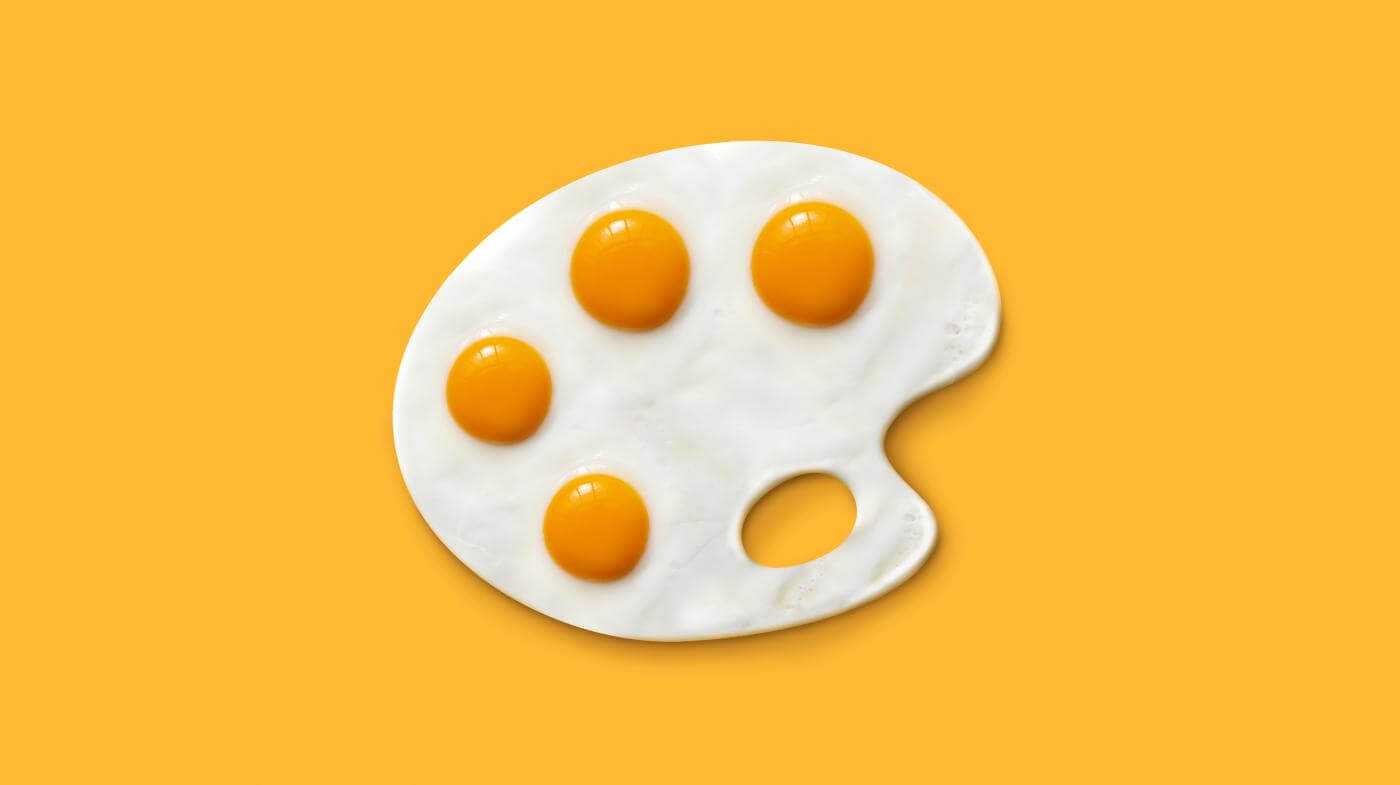Visual Artists Earning like Youtubers but with Spotify?
Subscribing to art may be the new way to consume HD artworks at home… And the income alternative that visual artists were waiting for.
How do content platforms pay their creators? While there is direct revenue for creators in platforms such as Youtube or Spotify, -each with their particular system- there is literally nowhere for a visual artist to publish their work for their audience to see online in HD. Much less a platform where they can get steady earnings from.
It is no secret that youtubers can earn millions. However, most platforms continue to keep their revenue system secret. Both in subscription and advertising-based platforms, users rarely know where the money is going, nor what percentage of it actually ends up in the creators’ pockets. For example, Taylor Swift even removed her music from Spotify due to an alleged maldistribution of royalty money.
Visual art, contrary to other disciplines such as music or cinema, is having a hard time moving past the “exclusive” and “limited” labels.
In Livelihoods of Visual Artists, 80% of artists considered the lack of financial return one of the biggest challenges in continuing a successful career. What is more, to make a living exclusively as a visual artist appears to be a privilege reserved to an elite. Only 3% reported that the income from art allows them to live ‘comfortably’.
“For younger talents, Instagram could be a real game-changer, as it allows artists to build a large fan base (and potential collector base) outside the structures of the traditional art market”, according to the Online Trade Report 2019 by Hiscox and Artactic.
It’s true. Social media has managed to bring the artist and the fan closer than ever. However, the point of social media for artists has become to gain followers in order to get noticed, perhaps featured, by putting out continuous work. There is no direct profit from the hours spent not only posting, but also creating specific content for social media.
In addition, on the consumer’s side, these channels cannot provide a full experience of the artist’s work, for the screens where they are watched tend to be not bigger than five inches. As a result, a general discontent is definitely simmering and, in some cases, even starting to explode.
Accessibility has happened at a high price in quality.
It does not stop at the end of an exhibition or after a museum’s closing hour. Not even when it is purchased into a private collection, or (most tragically) when it is scrolled past. Thus, with a minimal infrastructure, no middlemen, and the devices users already own access to art is consolidated.
60% of artists undertake additional jobs to support their income and painters are most likely to have non-artform related jobs. These numbers could easily change if the people who enjoy these artists’ work and want to support them had an easy way to do so.
WindowSight aims to become an alternative income for artists who choose to distribute their work through this new streaming channel. At the same time, the audience knows it is supporting them by simply enjoying their work: users pay a monthly subscription to display the art on the platform on their TVs. 50% of their subscription fee is distributed among the artists each user has watched, each month.
To sum up, fans directly support the artists they stream, which can translate to a predictable and stable income for artists to rely on. 79% of visual artists said they do not have enough income to be able to spend as much time on their art as they would like. If financial issues can be eased, artists could have more time to invest on their personal projects, and art lovers, more art to enjoy.


